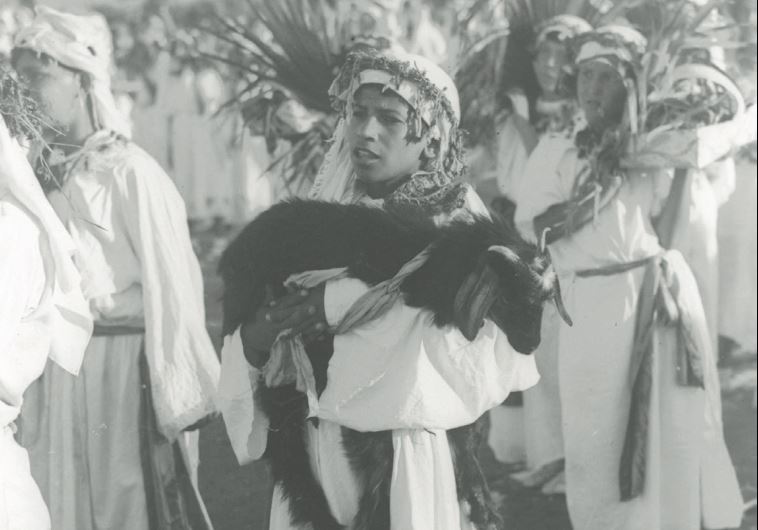In Plain Language: Who counts in Israel?
For freedom without an agenda, without a plan and a purpose, a direction and a destiny, is merely chaos by another name.
 School children carry the first fruit offering during the Bikurim festival in Tel Aviv in 1935(photo credit: GPO FLICKR)
School children carry the first fruit offering during the Bikurim festival in Tel Aviv in 1935(photo credit: GPO FLICKR)